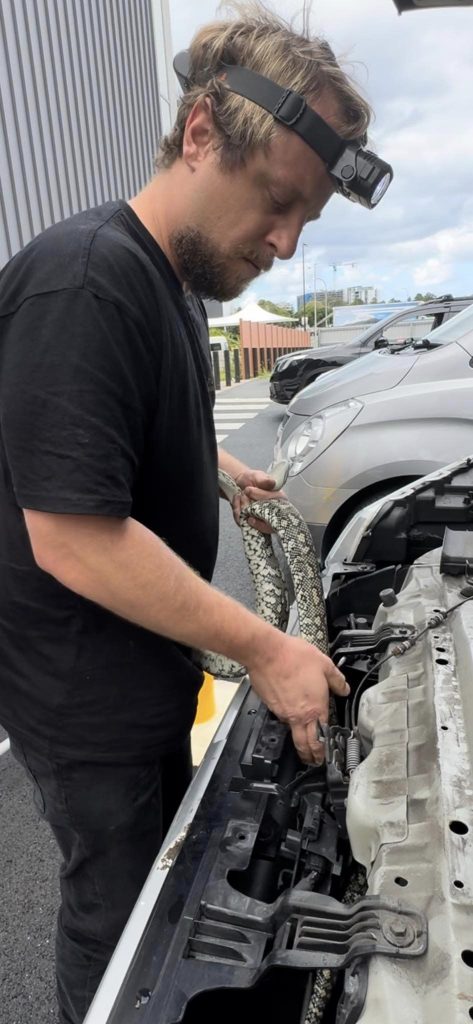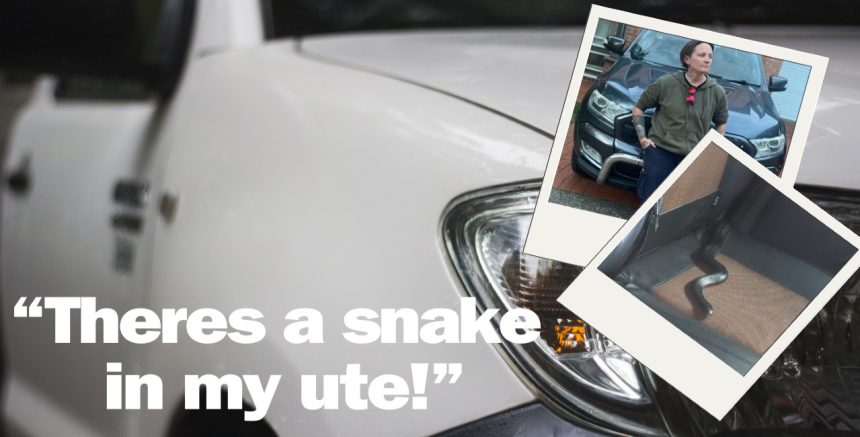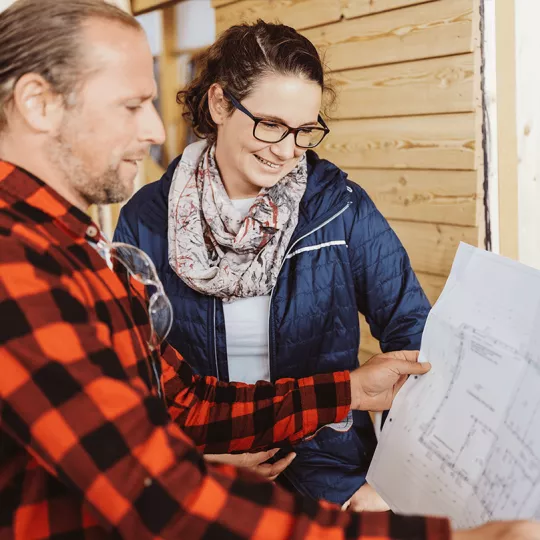A New South Wales tradie is driving to work while wearing her PPE after being unable to remove a venomous snake from inside her vehicle.
Newcastle construction worker Lisa Kournelis has tried to remove the hissing hitchhiker on four occasions, which has so far managed to slink away from the grasps of local snake catchers.
Lisa says she has been carpooling with the red-bellied-black snake since at least March, finding snake poo for weeks before first spotting the endemic species relaxing on her back seat.
She is now wearing woollen protective work pants and other PPE gear while driving to work in a bid not to be bitten by the slithery stowaway.

Despite her unwelcome guest’s cold-hearted nature, Lisa has developed quite a bond with her scaly friend, nicknaming it “fluffy” and insisting while she wants it removed, she doesn’t want to see it harmed.
“I was putting a box in my car, and it was sitting on the back seat,” she told ABC News.
“I believe it was in there for a good three weeks before that because I was finding snake poo everywhere.”
“I’m very lucky actually that I haven’t been bitten, but if it does bite – these woollen work pants that I wear will take most of the venom.”
“I don’t really have any other choice. It hasn’t hurt me, but it potentially could one day.”
The hunter-region tradie says she believes the snake snuck into her ute when she left the car door open at a job site west of Newcastle.
And despite cruising around for more than two months, the poisonous passenger has so far refused to leave, often reminding Lisa of it’s presence by pooing on the seats or setting off the alarm.
“So just random times from about 11 o’clock in the morning, my car alarm will go off. I wasn’t sure what it was at first, but then I clued on,” she said.
Snakes in utes a common find:
While joy-riding snakes may not be an everyday occurrence, popular TV snake expert and Queensland-based snake catcher Tim Hudson told Build-it he had removed more than 20 snakes from people’s vehicles over the past 12 months.
“We had one just last week stowed away in a Toyota RAV4 and had to take all the covers around a petrol tank off to get to it; the whole job took around three hours to find and catch it,” he said.
“Because each car is subtly different, they all have different hiding spots.”
“Sometimes you’ll even need to get the vehicle on a hoist to grab them if they are underneath the vehicle hanging about in the engine bay.”
Tim says tradie utes provided an idyllic environment for snakes to retreat to, with popular hiding places including the wheel liner, wheel arch, leadlights, taillights and engine bay.


“From a snake’s perspective, it’s a nice warm place to hide. There are nice warm features of the engine and vehicle that act like a thermal insulator,” he told Build-it.
“They’ll tuck themselves up anywhere that’s tight, warm, and safe.”
“It is a nice, stable environment conducting heat with plenty of hiding spots, so for a snake, it’s perfect.”
How to get a snake out of your ute:
Despite making perfect hiding spots, Tim says there are plenty of tricks of the trade Hudson’s Snake Catching uses to lure out the skin-peeling passengers.
“If you see a snake go in the car – park in the sun, it will typically come out on its own accord,” he said.
“You can also leave the floor heaters running on max, and the snake will quickly overheat and get on the move.”

Tim warned Build-it readers that while trying to remove a snake from a vehicle themselves may seem cheaper, it was also incredibly dangerous and often led to more costly removal and vehicle damage.
“Don’t start pulling parts off the dash, as the snake can decide to go deeper into the engine bay.”
“People need to learn to leave these things in the hands of licenced professionals as they just make the situation worse for themselves, the snake, and everyone involved – as the snake can end up in a much more difficult spot.”








